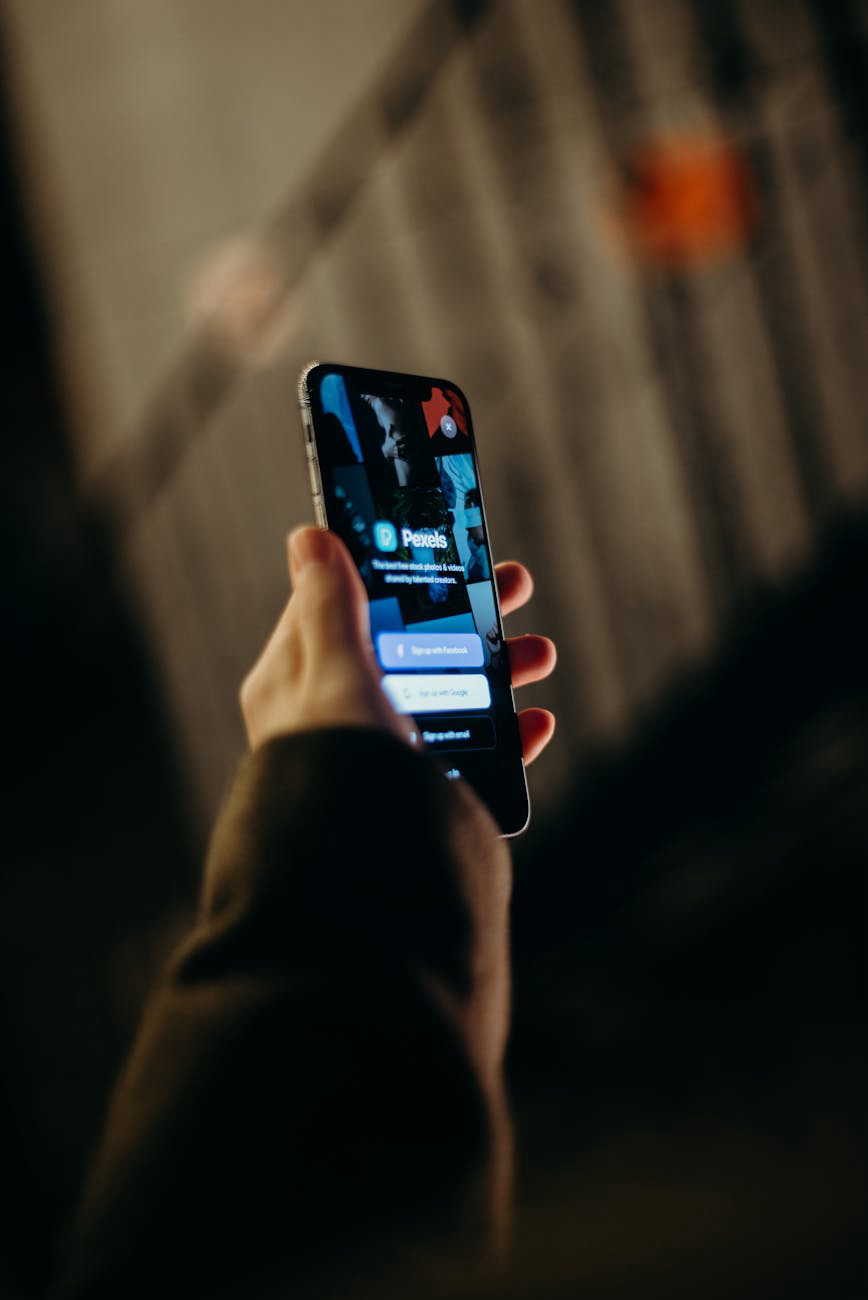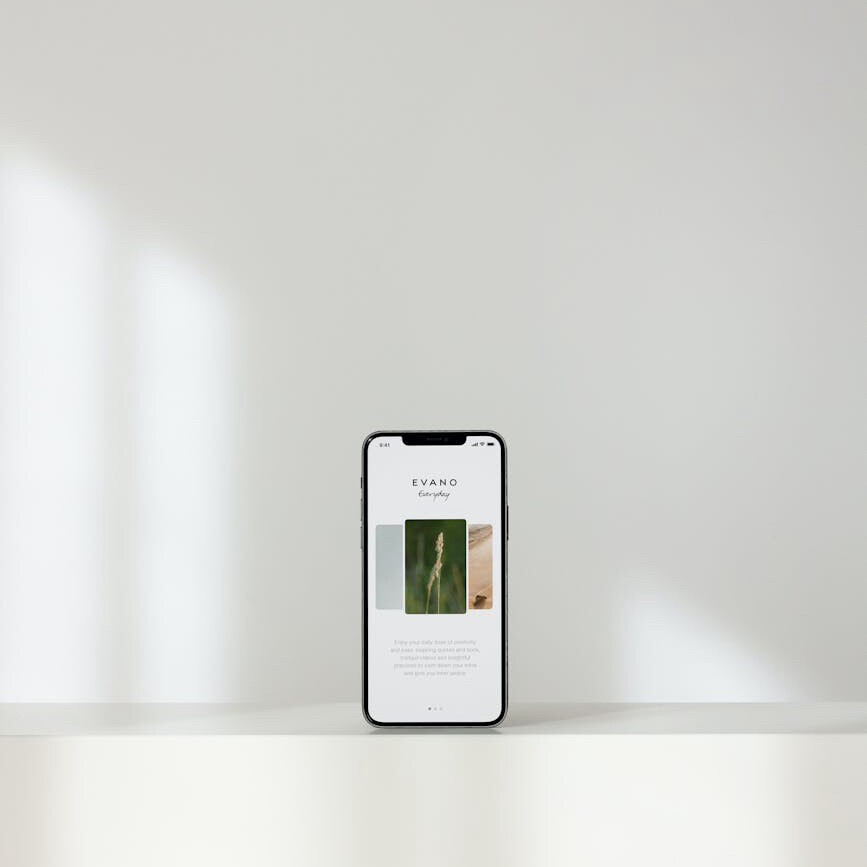- Home
- Collective
- Dark and Light Mode in User Experience Design
Dark and Light Mode in User Experience Design
Dark and light modes have become essential features in modern user experience design, catering to the diverse preferences and needs of users. While the concept isn’t new, its relevance has grown as we spend more time interacting with digital screens in various environments. Let’s explore how dark and light modes impact usability and eye strain, and how designers can thoughtfully implement them to enhance user comfort.

Understanding User Preferences
People interact with their devices under different lighting conditions and have personal preferences that affect how they perceive visual content. Some users find light mode—dark text on a light background—easier to read during the day or in well-lit environments. Others prefer dark mode—light text on a dark background—especially in low-light settings or at night, as it can be gentler on the eyes.
Usability Considerations
Usability is at the heart of user experience design. When choosing between dark and light modes, it’s important to consider how the choice affects readability, navigation, and overall user satisfaction.
- Readability: Text and interface elements must be easily readable in both modes. This involves selecting appropriate color contrasts and avoiding color combinations that strain the eyes.
- Consistency: The user interface should maintain a consistent look and feel across both modes, preserving brand identity while adapting to different backgrounds.
- Adaptability: Allowing users to switch between modes empowers them to customize their experience based on their environment and comfort.
Addressing Eye Strain
Eye strain is a common issue, especially with prolonged screen use. Factors contributing to eye strain include screen brightness, contrast, and the ambient lighting of the user’s environment.
- Dark Mode Benefits: In low-light conditions, dark mode can reduce the amount of light emitted by the screen, minimizing glare and making it more comfortable for the eyes. It can also decrease exposure to blue light, which is associated with disrupted sleep patterns.
- Light Mode Advantages: In brightly lit environments, light mode may provide better visibility, as the screen’s brightness complements the surrounding light, reducing the need for the eyes to adjust between the screen and the environment.
Design Best Practices
When implementing dark and light modes, designers should pay close attention to several key aspects to ensure both usability and visual comfort.
- Color Choices: Avoid using pure black or white; instead, use dark gray and off-white to reduce extreme contrast, which can be harsh on the eyes. Ensure sufficient contrast between text and background to maintain readability.
- Typography: Select fonts that are clear and legible in both modes. Be cautious with thin or light typefaces, as they may be difficult to read, especially in dark mode.
- Imagery and Icons: Use images and icons that display well against both dark and light backgrounds. Be mindful of transparency and color overlays that might not translate effectively between modes.
- Testing Across Environments: Test the design in various lighting conditions to observe how it performs in real-world scenarios. Gather feedback from users to identify any areas that may cause discomfort or confusion.
Empowering the User
Ultimately, giving users control over their viewing experience enhances satisfaction and accessibility.
- Easy Switching: Provide a simple and intuitive way for users to switch between dark and light modes within the interface.
- Respect System Settings: Allow the application to detect and align with the user’s device settings if they prefer a consistent experience across all apps.
- Personalization: Consider offering additional customization options, such as adjusting font sizes or enabling high-contrast modes, to accommodate individual needs.
Balancing Brand Identity with User Comfort
Maintaining brand consistency while optimizing for usability can be challenging but achievable.
- Adaptable Branding Elements: Design logos and brand colors that adapt well to both dark and light backgrounds without losing their identity.
- Consistent Experience: Ensure that the core elements that define the brand’s look and feel are preserved, providing a seamless experience regardless of the mode.
Conclusion
Incorporating dark and light modes into user experience design is more than a stylistic choice; it’s a thoughtful response to the diverse needs of users. By focusing on usability and mitigating eye strain, designers can create interfaces that are comfortable, accessible, and adaptable to different environments.
Understanding that there is no one-size-fits-all solution emphasizes the importance of flexibility and user empowerment. By offering both modes and allowing easy customization, we acknowledge the varied contexts in which users interact with technology.
Designing with empathy and attention to visual comfort not only enhances the user experience but also reflects a commitment to user well-being. As we continue to engage with digital interfaces throughout our daily lives, these considerations become ever more crucial in creating meaningful and user-friendly designs.
Related Articles
The Importance of UX and UI in Mobile-First Website Design
September 13, 2024
The Hidden Usability Issues
August 3, 2024
Understanding User Interface (UI)
July 10, 2024



